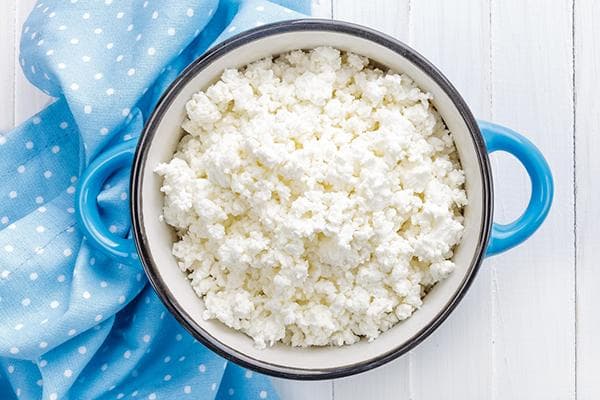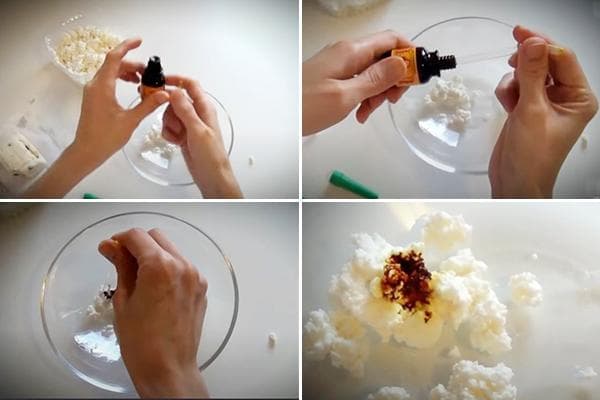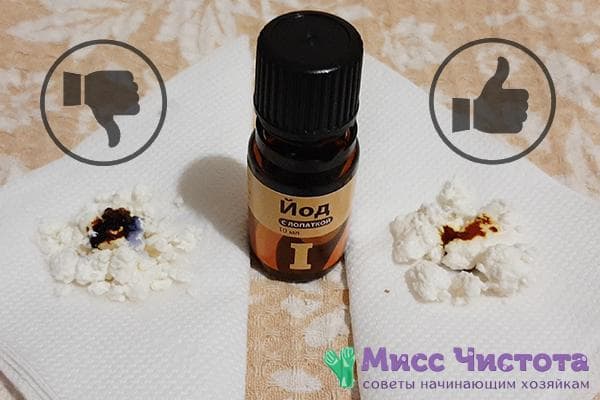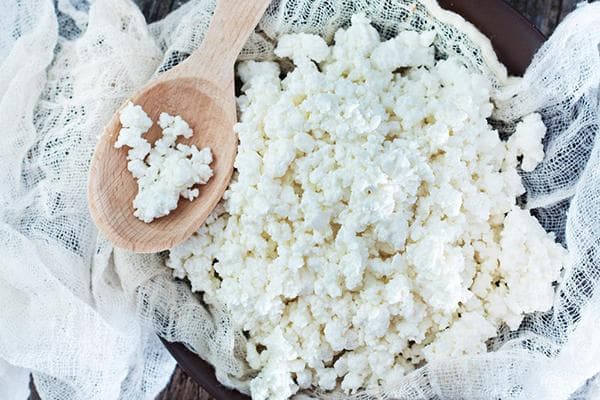Natural cottage cheese or counterfeit: two quick tests with iodine and boiling water
The desire to check cottage cheese for naturalness periodically arises in everyone who is forced to buy this product in a store or at the market. To do this, you don’t have to go to a laboratory - a test for the presence of additives such as starch and vegetable fat can be done without leaving the counter.

What does cottage cheese consist of and what should it be like?
Essentially, cottage cheese is a protein concentrate. It also contains a certain percentage of fat (in store-bought, as a rule, from 0.5 to 9%, in home-made - up to 18-20%). Another component is whey. They try to express it as much as possible, but sometimes “wet” homemade cottage cheese is available on sale. From a quality point of view, this is neither good nor bad, but when purchasing, you should remember that you are overpaying for whey at a price of 300 rubles/kg instead of 30 rubles/l, and in addition, you are getting a less nutritious product.
Cottage cheese is prepared by fermenting milk. This is done in one of two ways:
- adding a starter with a high content of lactic acid bacteria;
- adding rennet and, in some cases, calcium chloride along with the bacterial starter.
When a protein clot forms in the milk, it is separated by heating the container to low temperatures. Then they put it on a special sieve or wrap it in a gauze bag to remove the remaining whey.
Natural cottage cheese should not contain any non-dairy components.Coloring with carrot juice, increasing fat content with vegetable oils, increasing yield due to starch absorbed by whey and other tricks are considered fake.
In appearance, the curd can be either coarse-grained or fine-grained. It depends on the cooking method. But a too homogeneous, almost paste-like consistency indicates a counterfeit.
Testing cottage cheese at home
The reagents needed for testing can be found in every home. Moreover, you can always take them with you when going to the market or farm store.
Starch content test
All you need:
- a small amount of cottage cheese (even a teaspoon is enough);
- iodine solution purchased at a pharmacy;
- glass pipette or cotton swab.
Testing cottage cheese with iodine is very simple: you need to apply the solution (drop it from a pipette or spread it with a cotton swab) and observe the chemical reaction.
A natural product to which no starch has been added will turn yellow, orange or brown. The intensity of the shade will depend on the amount of iodine used. If starch is present in the composition, the color will almost instantly turn blue or purple.
The starch in cottage cheese does not pose a health hazard, but such a product becomes less healthy and certainly cannot be considered natural. In addition, it contributes to the appearance of extra pounds, because starch is fast carbohydrates and a large amount of extra calories.
Vegetable fat test
Determining the presence of non-dairy fat—palm fat or beef fat—is also easy. For this you need:
- glass container for 100–150 ml;
- boiling water (you can bring it to the market in a thermos);
- a little cottage cheese.
If, after the cottage cheese has been placed in a container and poured with boiling water, round drops of fat appear on the surface of the water, there is a high probability that this fat was added to the product artificially.
Another testing method is organoleptic. An unpleasant greasy taste that remains in the mouth indicates that the cottage cheese is adulterated.
It is easy to check homemade or farm cottage cheese with iodine, but you should remember that such an analysis only shows the presence or absence of starch in the composition. Starch is not the only component that dishonest manufacturers use for falsification. You should also make sure that the dairy product does not contain vegetable or animal fats.



I love coffee with cottage cheese for breakfast in the morning. But I know for sure that it’s very difficult to buy the real thing without any additives. Today I checked cottage cheese from the Nizhny Novgorod region, dropped iodine and it turned blue
Yesterday I bought “Ladybug” cottage cheese. The packaging said 5% and the composition was just natural cottage cheese. But, alas, THIS was not even close to cottage cheese! We decided to check it out, dropped some iodine, and all the “cottage cheese” turned purple. And in the store it’s on a shelf where only natural products should be.
I always buy cottage cheese from one place in the market. A very nice woman is selling it. I decided to check it out. I poured boiling water over it and no drops of fat appeared. The iodine didn't turn anything blue either. It’s not for nothing that I only buy cottage cheese from her.